Active Shooter
At 2:00 p.m. on Monday, March 21, 2021, while my Creative Nonfiction class convened, masked, on the campus of Colorado State University in Fort Collins, a twenty-one-year-old man sixty-five miles southwest of us was driving from Arvada to Boulder. We’d learn about him only later in the barrage of news coverage, but we didn’t know about Man A as we began workshopping the essay of Man B, a twenty-year-old student, who’d entrusted us with a piece that begins with him injecting heroin into a waiting vein. The class, too, waited, pulsing, in that anxious moment before the first participant speaks.
Perhaps A was already scanning the King Sooper’s parking lot when my class praised the opening of B’s essay, his first visionary, mystic high, when, walking down the street, he feels such peace, such love for the world, that he wants to introduce everyone to this bliss. The class admired not only B’s honesty but also his craft, the experimental power with which he wielded his words. How, as the narrator’s addiction deepens, he observes himself in the third person, from the outside, watching the boy on the sofa shoot up, drive high, roll off the road. How he then moves into an angry second person, calling himself a worm, then back into the “I” as he expresses the worm’s longing to return to humanity.
That must have been when A, spotting a repairman in the van next to him, took his first shot. While we talked about B’s depictions of the agony of repeated withdrawals, with their twinges of rage and paranoia, and the narrator’s super-human sub-human endurance of physical-spiritual-emotional pain, A hefted his semi-automatic Ruger AR-S56 pistol and, walking through the parking lot and into the store, shot randomly at customers and employees, people in their twenties, people in their sixties, people like the ten of us, just trying to live their lives amidst a pandemic that seemed it would never end. As someone shouted, “Active Shooter!” A aimed at the front of the pharmacy line and shot a woman waiting for her COVID vaccine. As I, unknowing, steered my class toward closure, seeking an exit, a police officer in his fifties and maybe, like me, planning his retirement, ran into the shots. He became the ninth and last to die.
Only later, bombarded by news reports, would we learn of the shootout raging at 3:15 as I wrapped up my class, reiterating how strange it felt to workshop a piece so intimate and so agonized, and yet so triumphant in the artistry and precision and beauty it grasped onto. So connected in its depiction of dissociation. The shooting persisted as I left my classroom, squirting a booster of hand sanitizer into my palms while remembering that section in B’s essay confessing how he hated the twenty-something guy who’d introduced the twelve-year-old B to heroin, hated him with a vengeance. How B had fantasized about killing himself, shooting his dealer, punishing the world that betrayed him, the world of pain without end. How, instead, he chose forgiveness, recognizing that the dealer was just as lost and ignorant as the rest of us. I thought about my very first year teaching in Colorado, the year of the Columbine shooting two hours south of us, after which no classroom ever felt safe. How we jumped at every thump and bang, and how the Active Shooter training sessions only scared us further. How some of my sweetest male students, bullied in high school, confessed to me that they shared the same mass-shooting fantasies. I thought about the many students I’d worked with over the years, troubled young men trying to find their way, who’ve told me after each Colorado shooting how they’ve been one sliding door, one butterfly wing, away from violence, how they could have been the perpetrator as easily as the victim, the overdose fatality instead of the recovering addict writing creative nonfiction.
At 3:28, just before A was shot in the leg and taken into custody, I, still oblivious, arrived safely at my office door. My key slipping into the lock triggered the image of B’s needle fitting into his vein, the false pause of peace in an angry world. Still breathless from the stairs, I recalled again that amazing passage in B’s essay where he’d wrenched compassion out of agony to empathize with his abuser. That section, I’d told the class, that near-impossible, last-minute redemption—that just blew me away. I didn’t yet know why I shivered at the words.




